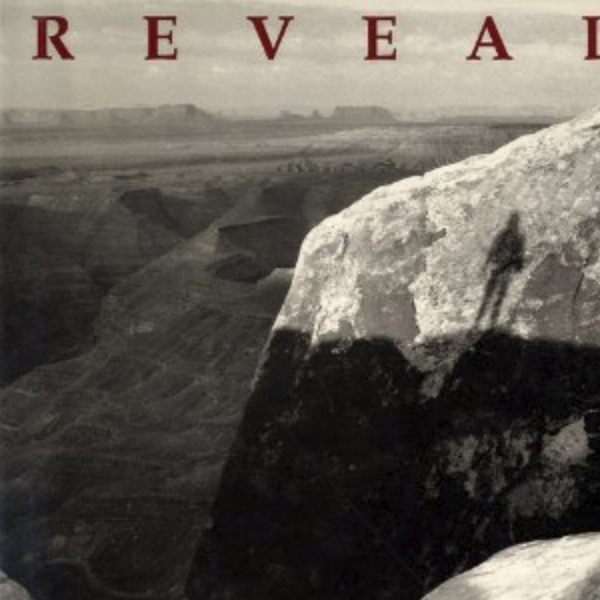I make pictures when I can, like other latter-day explorers who work during the week.… No important mandate to chart some vanishing wilderness subsidizes these outings, and even a short drive into the land can become an adventure. Weekend exploration may not be what it used to be, but it’s a compelling act nonetheless.
Mark Klett, Revealing Territory (Albuquerque, 1992), 163–164.
Author: Darin
-

Mark Klett on photographing
-
Hinting at true nature
The images I take generally are not a precise pictorial representation of what my eye see. They’re usually devoid of color for a start off and sometimes they’re even more abstract, hinting at but not fully describing the true nature of the landscape that I’m photographing.
Steve Gosling (website) -
Photography as creative art
Photography for me is a creative art. It is not simply an illustrative or interpretive medium.… I try, not always with success, to photograph only what stimulates a recognition of beauty, either that which is intrinsic in the objects of nature or is a manifestation of the wonderful relationships of things in the natural world.
Eliot Porter, The Color of Wildness (New York, 2001), 38. -
Light that illumines
My photographs are meditations on the light that illumines and transforms the ordinary, the often overlooked. There are those rare moments when the everyday reality of our world is transcended and one glimpses the eternal and infinite.
Marion Patterson, Grains of Sand (Palo Alto, 2002), xi. -
On the emulsion of my mind
Trying to make photographs that can speak takes time. Seldom do I visit a place for the first time and immediately make photographs I find meaningful. Making repeated visits, I like to look and explore, observing the changing seasons and the transformations of nature, beginning to feel visual and spiritual connections. As valuable for me as the image recorded on film are the images recorded on the emulsion of my mind.
James Sexton, Quiet Light (Boston, 1990), 114. -
Learning to accept…
Learning to accept what photographic opportunities are given is a hallmark of a seasoned photographer; you can’t force the light or the wind.
Art Wolfe, “Introduction,” William Neill. Photographer — A Retrospective (2017), 3. -
History and Technology
I was excited to see one of my photos on the cover of the latest volume of History and Technology. I also wrote a short reflection on the role of the photographer in shaping what we think is history.

My photograph of a glass workshop on Murano is the current cover image for History and Technology Fortunately, both the full-size image and the essay are freely available: “On the Cover.”

The uncropped photo that is on the recent volume of History and Technology.